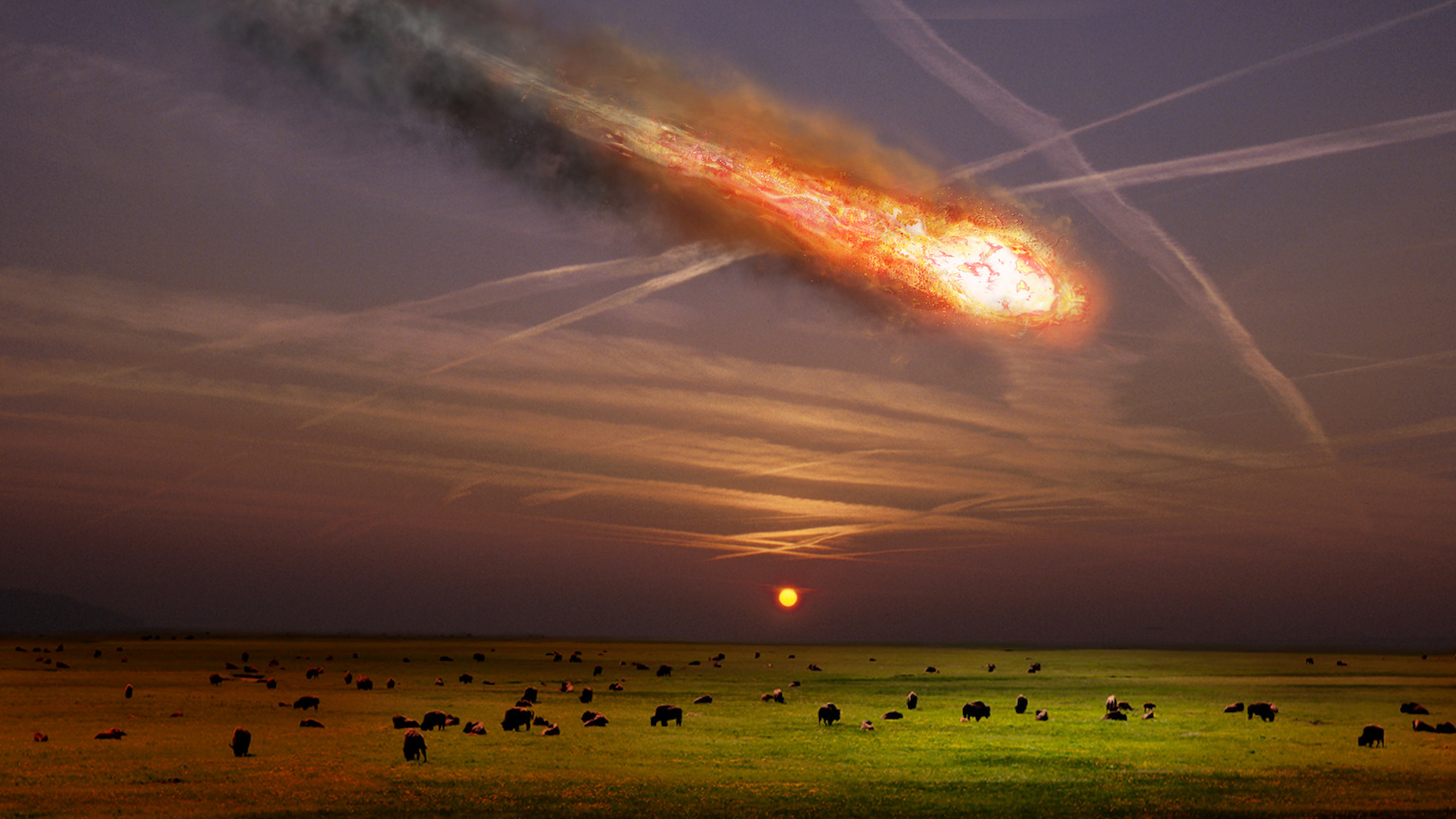Question: To what extent is it possible for subatomic particles to travel in time, and will we ever be able to do so ourselves?
Michio Kaku: When I was a kid, I used to watch a lot of science fiction. And of course, time travel is one of the main plots that dominate science fiction. But I said to myself, if I pursue this path of simply reading science fiction, simply speculating about anti-matter, the fourth dimension, hyperdrive, and star ships, I'll **** to be a crackpot. I'll eventually just start to mouth all these words, all these buzz words from science fiction and be clueless, absolutely clueless about whether or not any of these things can actually happen. Well, that's when I said to myself, I have to sit down and get serious. If I'm really serious about learning, about the frontiers of science and when it meets science fiction, I'm going to have to hit the books. I'm going to have to pay my dues. I'm going to have to learn theoretical physics. I'm going to have to learn as much mathematics as I possibly can to understand why Einstein could not complete his Unifying Field Theory.
Well today I can read that book. I can read from Einstein’s Unified Field Theory, the theory that may one day answer these questions about higher dimensions, about time travel, about star ships and hyperdrive. I could read that book now. And I realize that all the dead ends that he was hitting, I could see where he stopped, where certain avenues were promising, but he simply couldn't take it any farther. And the reason why is because the nuclear force was not known until the 1970's, and yet he was working on the Unified Field Theory starting in the 1920's. This was an impossible task. He was putting together a jigsaw puzzle with one of the big pieces missing, and that big piece was the nuclear force.
And so, Einstein understood the electromagnetic force. He, of course, pioneered the gravitational force, but he did not understand the nuclear force. Well, today we have a very good grasp of the nuclear force. The nuclear forces are mediated by quarks and gluons, subatomic particles that we physicists have to memorize. But how many subatomic particles are there? Hundreds. Perhaps thousands of subatomic particles with bizarre Greek-sounding names.
In the 1950's, J. Oppenheimer, the father of the atomic bomb, was so frustrated that we began to find all of these zoo of subatomic particles that he made the announcement. And that is that the Nobel Prize should go to the physicist who does not discover a new particle this year.
Well, today, to get your PhD, you have to memorize the names of all these goddammed subatomic particles. That's what I had to do. But I would hope that in the future, young students in theoretical physics, instead of memorizing all of these Greek-sounding names, would simply say, String Theory. And they would get their PhD.
String Theory says that all the notes on a vibrating string correspond to a particle. That to an electron is actually a rubber band; a very tiny rubber band. but if you twang this rubber band and the rubber band vibrates at a different frequency, it turns into a quark. And you twang it again and it turns into a neutrino. So, how many musical notes are there? An infinite. How many musical notes are there on a string? An infinite number. And that may explain why we have so many subatomic particles. They are nothing but musical notes. So, physics are nothing but the laws of harmonies on a string.
Chemistry is nothing but the melodies you can play on vibrating strings, and the mind of God, the mind of God that Einstein worked on for the last 30 years of his life, the mind of God would be cosmic music. Cosmic music resonating through 11 dimensional hyperspace. You see, our universe is a symphony. It's a symphony of vibrating strings and possibly membranes, but when it was born, it was born as a perfect entity in 11 dimensional hyperspace. That may eventually give us "a theory of everything."
So, people come up to me and say, "Professor, if this is a theory of everything, what's in it for me? What's in it for numero uno? Why should I care?" Well, let me tell you why you should care about a theory of everything.
When Isaac Newton worked out a theory of gravity, he also worked out a mechanics, how forces guide the motions of objects including steam engines. With steam engines came the Industrial Revolution. So, in some sense, the work of Isaac Newton helped to revolutionize society with machines that could be understood using Newton's laws of mechanics. Steam engines that could then create locomotives that could industrialize America within 150 years.
And then in the 1800's, we had the pioneering work of Maxwell, Faraday, leading up to the work of Edison that gave us the electromagnetic force. So the unraveling of the second great force, the electromagnetic force gave us the electric and computer, and information revolution of today. You're iPod, the internet, GPS, lasers, computers, micro chips, all of that coming from the work of scientist who unraveled the second great force, the electromagnetic force.
The third and the fourth force is all of the nuclear forces. They make the stars shine. Einstein’s famous equation, E=MC2, unravels the secret of the stars. That a little bit of "M," matter, can create fabulous amounts of cosmic energy, "E." The nuclear force energizes the stars is responsible for the creation of the earth and may one day energize our machines with fusion reactors. Now we are on the verge of the unification of all forces. all four fundamental forces perhaps unified into an equation one inch long. That's the dream. Now, are we going to get better cable television this way? Are we going to get better color reception this way? Not immediately. But this theory, the "Theory of Everything," will answer the key questions: is time travel possible? Can you drill a hole through space and time? How was the universe born and what happened before genesis itself?
String Theory may answer all of these questions. For example, time travel. Isaac Newton said that time is like an arrow. Once you fire it, it speeds uniformly throughout space and time. One second on the earth is one second on Mars, is one second throughout the universe. Einstein comes along and says, not so fast. Not so fast. Time is a river. The river of time meanders its way throughout its way through the universe, speeding up and slowing down. And we measure that every day with our GPS systems. Without Einstein’s theory of relativity, you could not have a GPS system that could locate your position to within about 10 feet or so.
So, the new wrinkle in all of this is that we believe that the river of time has whirlpools. Whirlpools in the river of time. The river of time may fork into two rivers, and this may answer many of the paradoxes of time travel. What happens when you go backwards in time and shoot your parents before you were born? How can you born if your parents were just killed by you by going backwards in time. If time forks into two rivers, then parallel universes emerge and that's how we can resolve all of the time travel paradoxes.
But then people ask the question, "Professor, this is all fine and good, but when can I have my own personal time machine to visit the dinosaurs?" Well, there's a problem. There's always a catch. And the catch is the energy, positive and negative, necessary to open gateways through space and time is not for us. If time travel is possible, then the fuel, the energy necessary to open up gateways to create pretzels in the river of space and time is fabulous. You're talking about the energy of a black hole. The energy of a super nova. The energy far beyond anything that we can harness today. But perhaps, who knows, aliens from outer space millions of years ahead of us. Perhaps our descendants may be able to wrap time into a pretzel. So, one day, if somebody knocks on your door and claims to be your great-great-great-great-great-granddaughter, don't slam the door.






